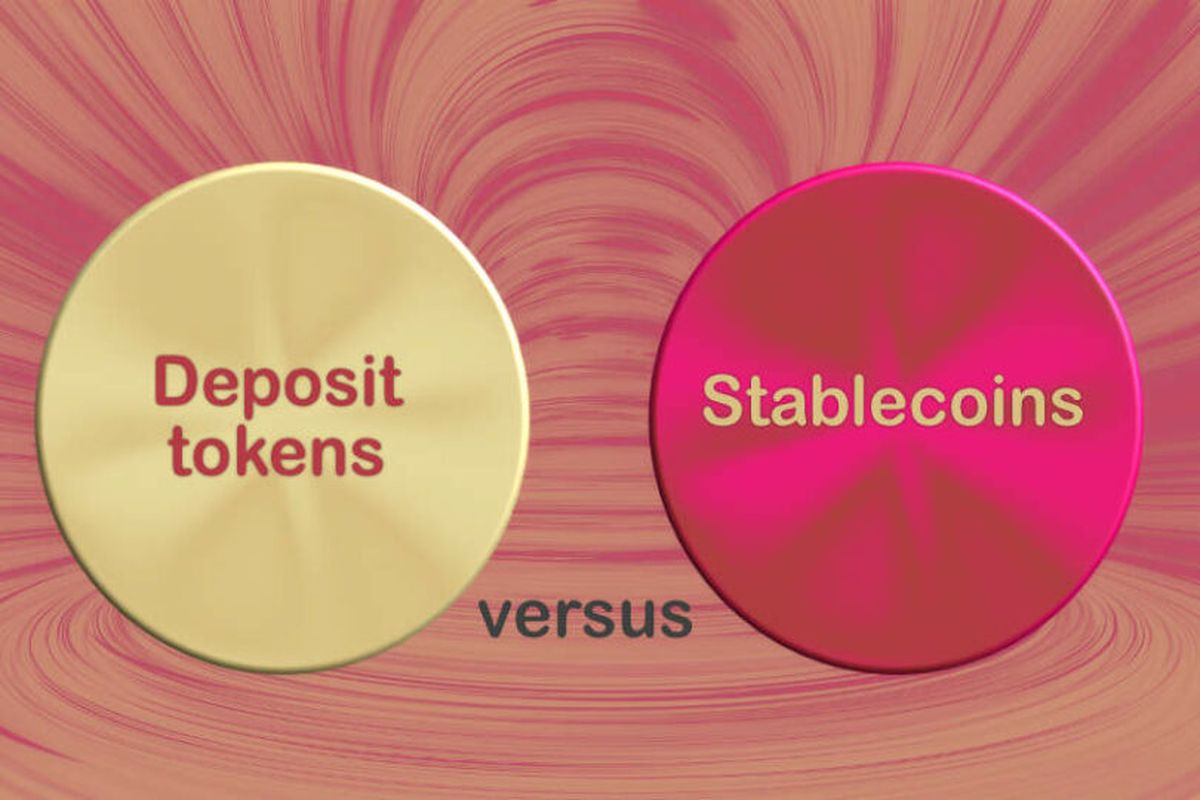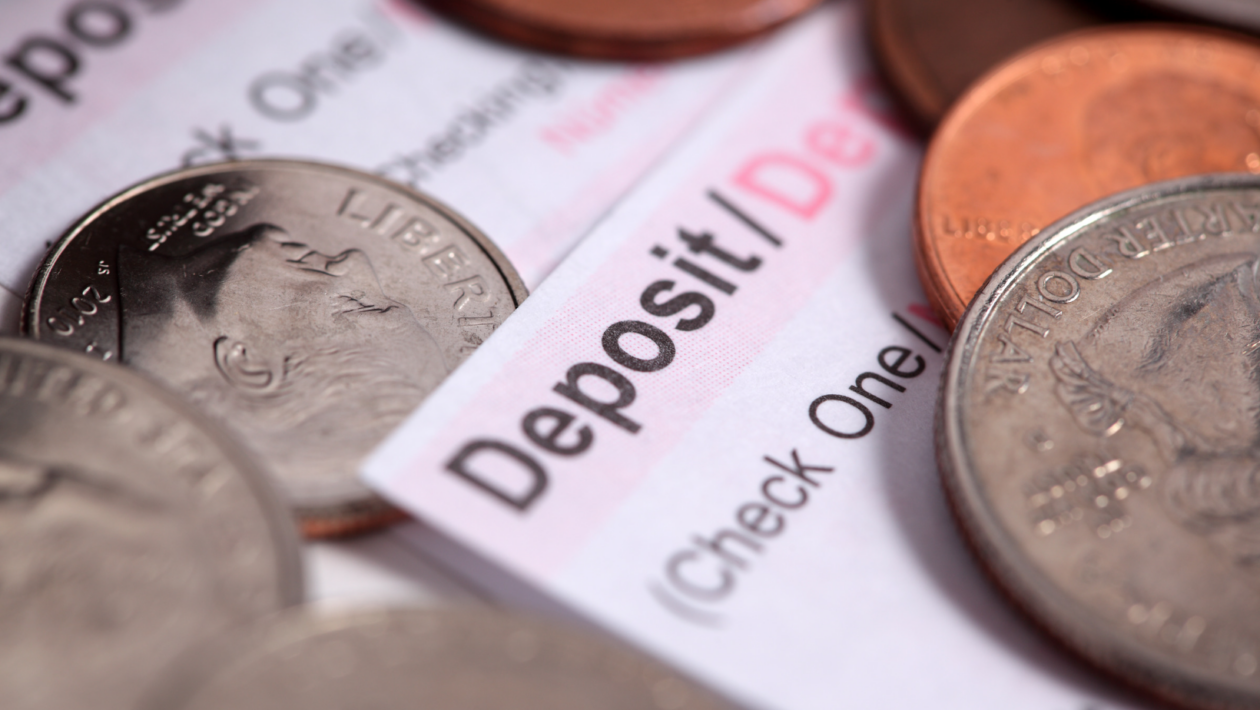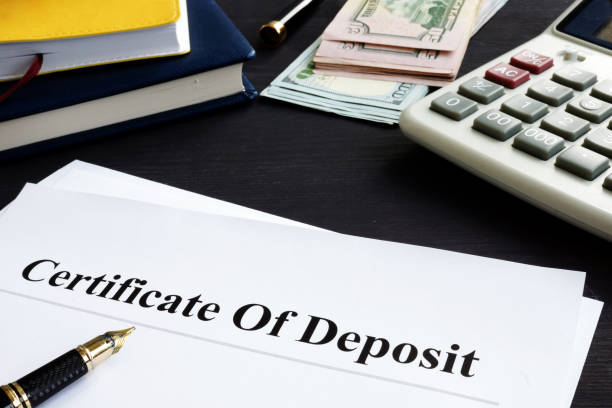Stablecoins are an integral part of the crypto network. However, banks like JPMorgan are now exploring deposit tokens as a viable alternative. Many now ask, are deposit tokens the new stablecoins, or is it just a wolf in sheep’s clothing?
The crypto world keeps turning continuously and stablecoins are the integral parts that keep this industry moving. These tokens are perfectly designed to simplify trading in and out of fiat currencies. The stablecoin sector, currently valued at around US$128 billion, has managed to attract a plethora of institutional investors into the digital assets space.
Société Générale confirmed in April that it was getting ready to introduce a stablecoin pegged to the euro. Later, Visa’s announcement came in as the firm stated that it would develop a public blockchain network and stablecoin payments service.
Société Générale’s recent introduction of its stablecoin follows closely in the footsteps of JPMorgan’s JPM Coin, which was introduced two years prior, and it comes after the USDC depeg event that happened several months ago. Notably, the depeg event had a negative impact on investor confidence in the emerging asset segment.
Related: Crypto Industry Problems Intensify As More Banks Shut Down
According to recent research conducted by JPMorgan, deposit tokens have emerged as a highly stable and dependable digital asset class, potentially surpassing stablecoins in terms of popularity and adoption. The deposit tokens are entirely issued on a blockchain by a depository institution to represent a deposit claim and are perceived to be highly reliable because of the regulations already set in place to underpin commercial bank deposits.
Are Stablecoins Stable?
The value of a majority of the stablecoins is dependent on the value of a particular fiat currency or a specific commodity like government bonds or gold and is seen as less volatile compared to traditional cryptos such as Bitcoin.
Nevertheless, fluctuations and sharp price movements seem to be common traits of the traditional and crypto markets. When crises arise in the traditional banking industry, stablecoins become highly vulnerable. That was a notable case in March affecting Circle, a stablecoin provider.
When Silicon Valley Bank (SVB) and Silvergate imploded, Circle risked losing its liquidity. In contrast to traditional depositors, stablecoin owners experienced a sense of unease due to the absence of deposit insurance, leading to a significant level of concern within the community. The lack of this safety net triggered widespread panic and uneasiness among stablecoin holders.
The USDC depeg event showed that the crypto sector can respond to such crises. Circle and several other stablecoin providers have now prioritized transparency. They publish monthly attestations for users.
In the wake of the SVB collapse, Circle said it would cover all missing liquidity with corporate funds, and that reassured users.
However, this event has prompted the investment community to question the stability of so-called “stablecoins.” While stablecoins are perfectly designed to be relatively more stable compared to other cryptos, they are not immune to market fluctuations and may still display some extent of price volatility. This realization highlights the need for a nuanced understanding of stablecoins and acknowledges that they may not offer total stability in all circumstances.
The Wake Of Deposit Tokens
Deposit tokens are a relatively new product issued on a blockchain by a licensed depository token to primarily represent a deposit claim. Hence, this feature makes deposit tokens distinct from stablecoins that are issued by non-bank entities and central bank digital currencies (CBDCs) that are developed and issued by central banks.
Being a type of programmable money, deposit tokens have similar benefits to atomic settlement and transparent, peer-to-peer transactions that may revolutionize traditional financial services. Since the deposit tokens are backed by commercial bank deposits, they are readily integrated into current legal infrastructures and deposit insurance schemes.
Deposit tokens first gained the attention of the community in May 2022. But, there has been massive momentum on this subject since the USDC depeg incident. These tokens were first developed by Singapore’s Project Guardian which is led by JPMorgan, DBS Bank, and SGX.
Related: Maxim Ermilov of Overnight Explains Yield-Generating Stablecoins And More
The development includes the recent JPMorgan report, and The Swiss Bankers Association white paper outlining the development of a Swiss franc joint deposit token.
Stablecoins Versus Deposit Tokens
Institutions are currently worried about the lack of or inadequate regulation governing stablecoins. JPMorgan has recently championed for deposit tokens over stablecoins, insisting that regulated deposit tokens are great and the bank has went ahead to explore their use cases. Some users believe that stablecoins are a solution that seeks problems considering the mainstream availability and acceptance of the US dollar.
In that context, JPMorgan researchers continue acknowledging the value in deposit tokens underpinned by commercial bank money, and as such they are governed by the same regulations and protections as deposit insurance. Therefore, the deposit tokens are safer bets for traditional bankers.
Stablecoins Redeem Themselves
Some institutional investors still prefer stablecoins over deposit tokens. In their defense, traditional markets still come with risks as evident from Circle’s troubles. Stablecoins are a major part of the crypto network.
While the assets are not resistant to volatility, events that happened in March 2023 showed the ability of the market leaders to meet all consumer demands for responsiveness and transparency, as showed by Circle’s pledge to repay all affected users with corporate funds.
The stablecoin space also offers an incredible case study: leaders like Tether and Circle have prioritized transparency since there are no defined regulatory guidelines. While the move might not be adequate to alleviate fears among institutional investors, it proves that enhanced consumer protection is not only for the regulators.
Additionally, the recent passing of the MiCA laws in Europe and developments in the United States might pave the way for increased institutional involvement in the market.
For now, it seems deposit tokens will not replace stablecoins. But, this asset class might continue to gain traction among institutional investors. This shows that the crypto sector consists of many types of digital assets. The available options are suitable for different users and purposes.
Industry leaders need to keep prioritizing consumer protection and transparency to deliver a highly inclusive and effective alternative to traditional financial services.










